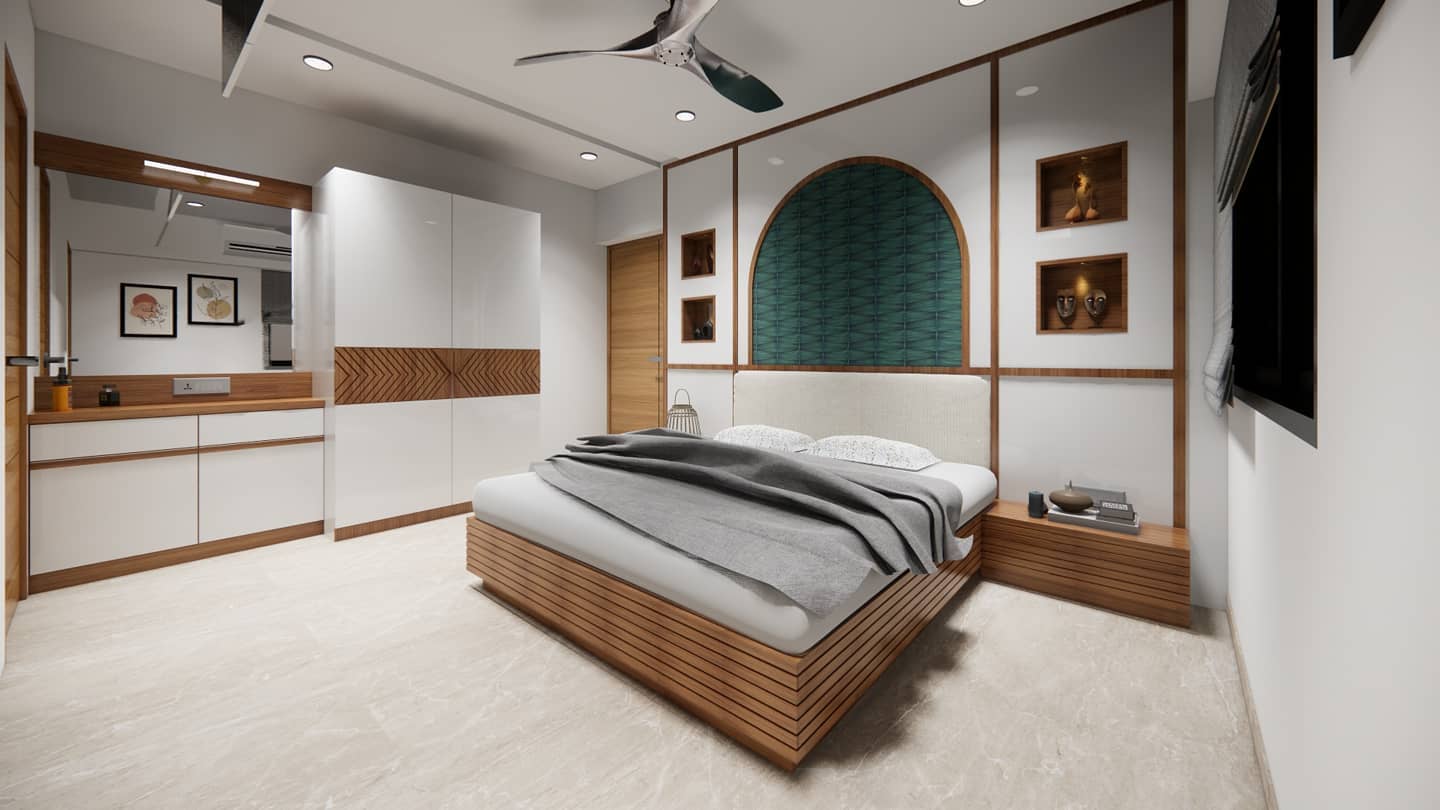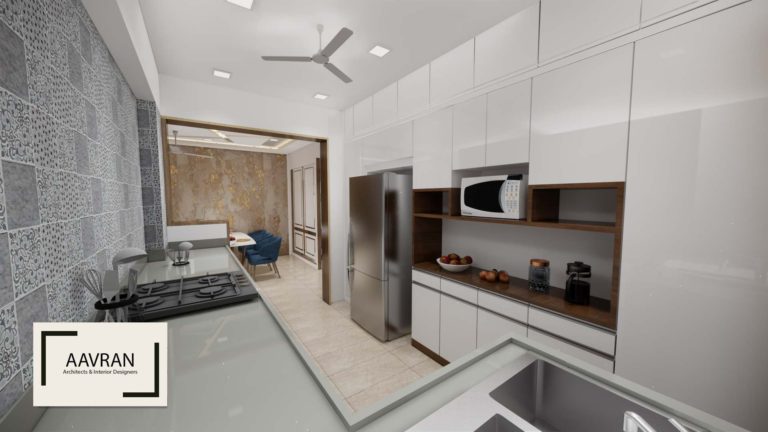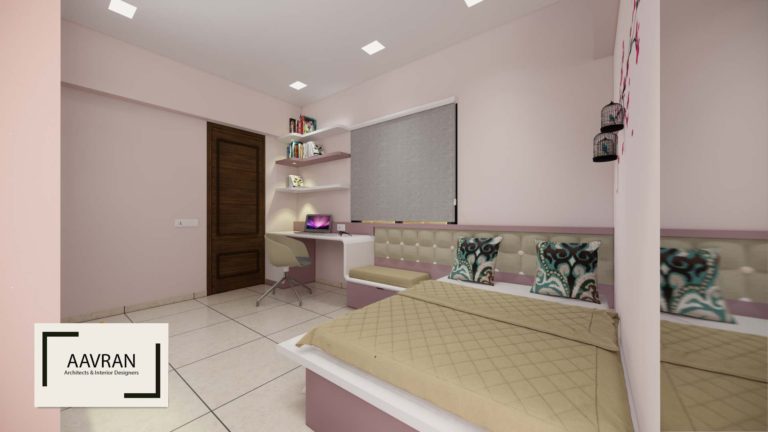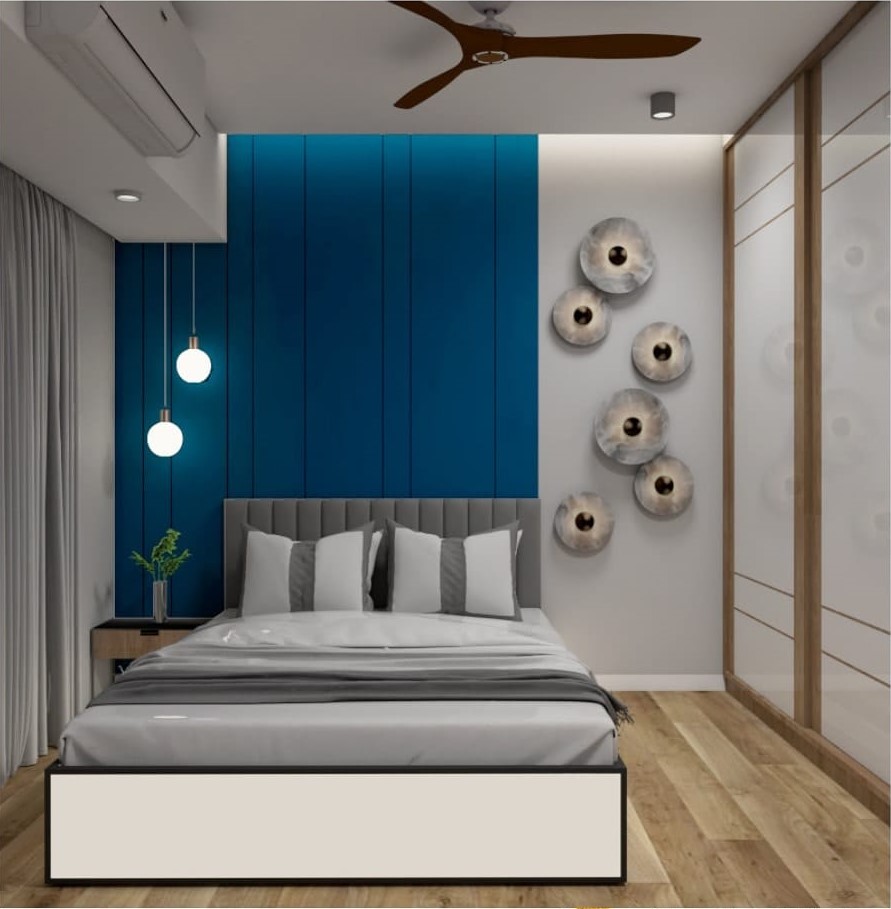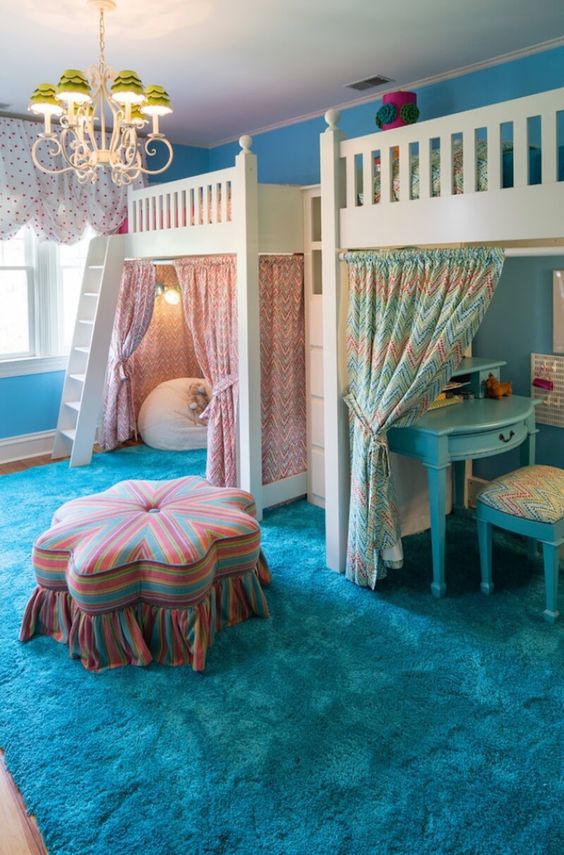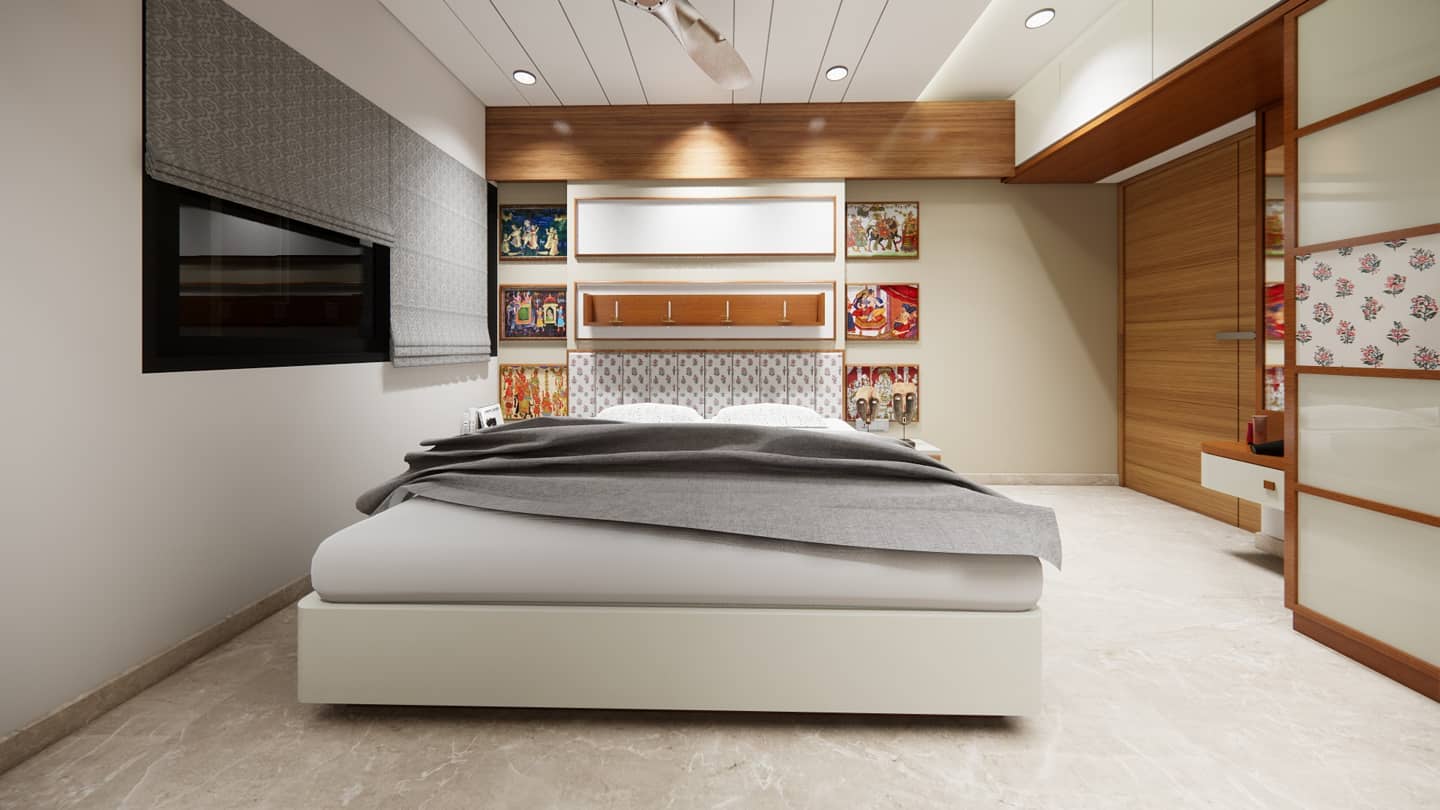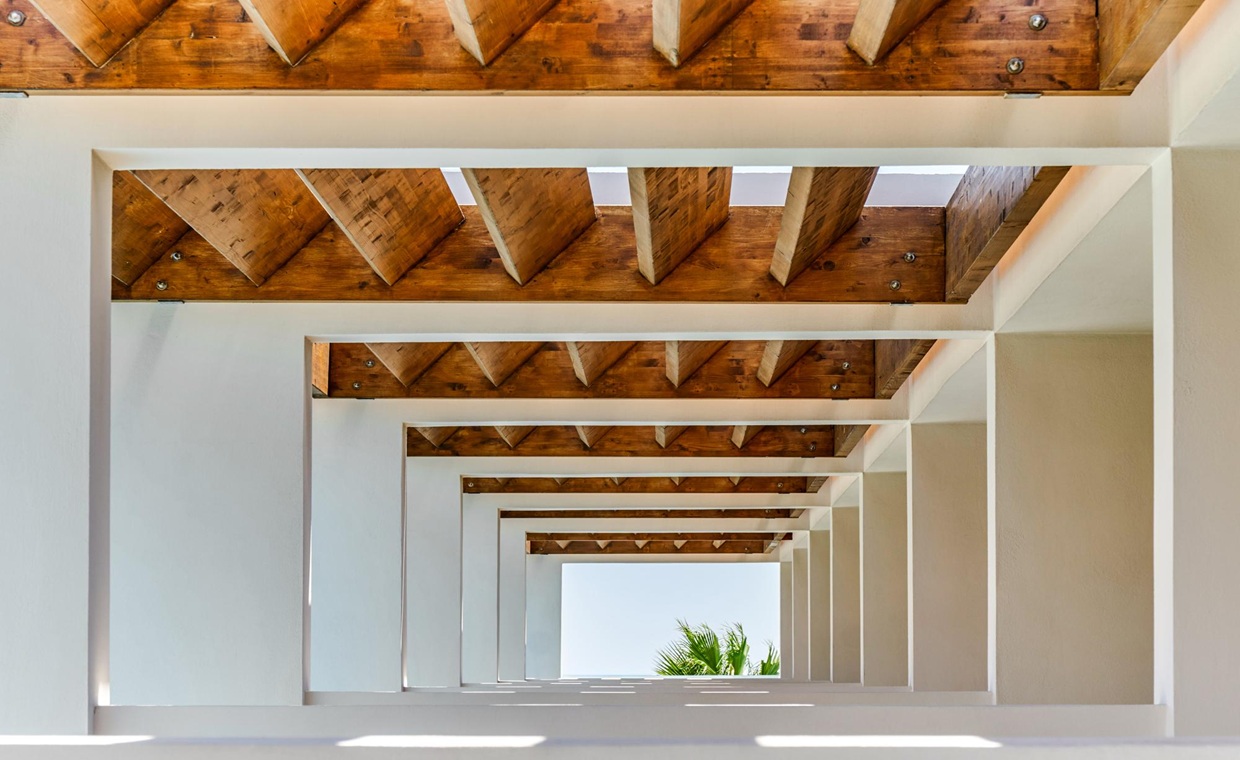
Table of Contents
Quick Summary
- Understanding the colour wheel and colour theory helps creating a cosy and visually attractive interior.
- Meticulous use of colours can make rooms appear larger or cosier.
- The colour wheel helps understand relationships between colours.
- Primary colours are red, blue, and yellow, forming the base for all others.
- Secondary colours emerge by mixing two primary colours.
- Tertiary colours are created by blending a secondary colour with a neighbouring primary.
- Newton’s prism experiment revealed the visible spectrum of colours.
- A colour wheel is arranged in a circular format to show harmony and contrast.
- Learning colour basics helps choose better combinations for home décor.
- Mixing paints yourself is a real life- practice to comprehend the beauty of colour blending.
- Black and white complement all hues as neutrals.
- A clear grasp of colour theory enhances the results of home decoration.
Understanding the Colour Wheel helps in many ways. Let’s start with the utility. With the growing number of DIY interior décor enthusiasts and with colour forming a major element of the house refurbishment project, gaining a deep insight into the colour wheel is highly recommended to ascertain selection of the perfect hues for your abode. Learn the ropes of the same for understanding the color wheel through this blog.
Colour breathes life into a home. It can warm or cool, calm or excite us. Clever use of colour can make small rooms look more spacious or cavernous rooms feel cosy. It can blank out unsightly features and bring the ornate and interesting ones sharply into focus. It has the potential to elevate and energise all your interior decorating. Never before have home decorators had this much colour choice, and the ranges just keep growing – often leading to more confusion and indecision! How can we select colours that are right for us?
Colour Wheel Theory

Knowing some basic colour theory will help you to make colour choices that go beyond your gut reaction to a colour scheme, although that is also hugely important. Basic colour tricks and rules exist, and it is certainly useful to take some time to understand them, even if in the end you decide to break all the rules. Colour has always been a tool for self-expression!

Three hundred years have passed since Sir Isaac Newton shone pure white light through a glass prism onto a neutral background and was delighted to see a continuous band of merging colour ranging from red through orange, yellow, green, blue and violet. In essence he had captured a miniature version of the rainbow, which is created by light passing through drops of rain, causing the spectrum colours to be projected like a giant colour slide across the sky.
What is Colour Wheel?
The color wheel is a circular arrangement of colours that are organized in their chromatic relationship with other colours. In the primary colour wheel, there are three color wheel primary colors including red, blue and yellow which are placed equidistant from each other. Secondary colours lie between colour wheel primary colours. In between primary and secondary colours lie tertiary colours. It is used in art and design to choose color schemes based on their relationships to one another. This is where the principles of colour theory come in the picture to determine what colours look good together.
When colours are arranged as a colour wheel, it helps us to understand their relationships with each other and the different effects that are produced when they are used alongside and opposite each other.
As written in Colour matters, the traditional colour theory says that primary colours are the three pigment colors which cannot be mixed or formed by any combination of other colors. All other colors are derived from these three hues.
Secondary colours are produced by mixing two primary colours.

- Yellow + Red = Orange
- Yellow + Blue = Green
- Blue + Red = Violet
Tertiary colours are made by mixing a secondary colour with an equal amount of the colour next to it on the wheel –

- Yellow + Orange = Yellow Orange (Golden Yellow)
- Red + Orange = Red Orange (Burnt Orange)
- Yellow + Green = Yellow Green (Lime Green)
- Blue + Green = Blue Green (Turquoise)
- Blue + Violet = Blue Violet (Indigo)
- Red + Violet = Red Violet (Crimson)
It is also useful to discover how much or how little of one colour is added to another to make a third colour. Try making your own colour wheel.
Some basics of colour theory are added in our blog for you to read on further:
Basics of Colour Theory – Everyone Should Know
Understanding the Colour Wheel
“A colour wheel or colour circle is an abstract illustrative organization of colour hues around a circle, which shows the relationships between primary colours, secondary colours, tertiary colours etc.”

The colour wheel is explained here: basically, the colour wheel is the standard way to explain colour mixing by separating the spectrum into twelve different colours. At the centre of the wheel is a triangle divided into three equal sections of the primary paint colours – red, yellow and blue.
These three colours are called primary because they cannot be obtained from a mixture of any other colours. Along with black and white, they form the basis of all other paint colours.
How to Make a Colour Wheel?

Let’s learn about the colour wheel design and how to make a colour wheel. Begin with a large dab each of primary red, yellow and blue paint in the middle of a white plate, with yellow at the top, red lower right and blue in the lower left. These are the primary colours and will form the basis of your colour wheel.
Now mix an equal amount of primary colour into the one next to it, around the outside of the original three colours. You will produce orange, green and violet. These secondary colours fill the spaces midway between each two primaries.
Place a dot of each primary colour on the plate rim opposite its central position. Do the same with the secondary colours. Leave a space between each, big enough for the tertiary colours (mix a secondary colour with an equal amount of the colour next to it on the wheel).
Here’s hoping that the brief insight into the colour wheel provided by Gharpedia through this blog enables you to select the proper hues to pep-up your home sweet home!
We hope you loved reading our blog on colour wheel where we have colour wheel explained in an easy approach. If you want to explore more on the same niche, here’s providing you some varied blogs for the same:
Colour Psychology – How colours Make You Feel
Colour Guide – Emphasising Room Aspect and the Way Colour Feels
Colour Terms Used in Home Design
Courtesy: Image 3
FAQs on Understanding the Colour Wheel
1. What Is the Purpose of a Colour Wheel in Home Décor?
- A colour wheel shows how colours relate to each other.
- It helps combine hues that complement or contrast with each other.
- It guides in balancing warm and cool tones.
- It simplifies colour selection for walls, furniture, and accents.
2. How Do Primary, Secondary, And Tertiary Colours Differ on the Colour Wheel?
- Primary colours are red, blue, and yellow.
- They cannot be created by mixing other colours.
- Secondary colours form by mixing two primaries.
- Tertiary colours are the results of blending a primary colour with a neighbouring secondary colour.
3. Which Colour Combinations Make Small Rooms Appear Larger?
- Light pastel shades create an airy feel.
- Whites and off-whites reflect more light.
- Cool colours like soft blues and greens recede visually.
- Avoid strong contrasts as they break the illusion of space.
4. How Can Beginners Create Their Own Colour Wheel at Home?
- Start with red, blue, and yellow paints.
- Arrange them as three points of a triangle on a piece of paper or a plate.
- Mix adjacent colours to create secondaries.
- Blend secondaries with nearby primaries for tertiary colours.
5. What Role Does Colour Theory Play in Choosing Wall Paint Shades?
- It helps select harmonious colour combinations.
- The Theory guides in balancing warm and cool tones for mood uplifting/balancing.
- The colour coordination prevents clashing hues that feel overwhelming.
- It makes colour décor choices easier and visually pleasing.
Author Bio
Huta Raval – An English Literature and Journalism Topper, Huta Raval has graduated from the L D Arts College, Ahmedabad. Post serving for 23 years in the NBFC and Public Library Sectors her desire for ‘writing the unwritten’ brought her to the creative field of content writing. Her clientele comprises of NGOs, Blogging Platforms, Newspapers, Academic Institutions, et al.
References
Colour matters (1995) in Basic Color Theory [Online] Available from: https://www.colormatters.com/color-and-design/basic-color-theory




